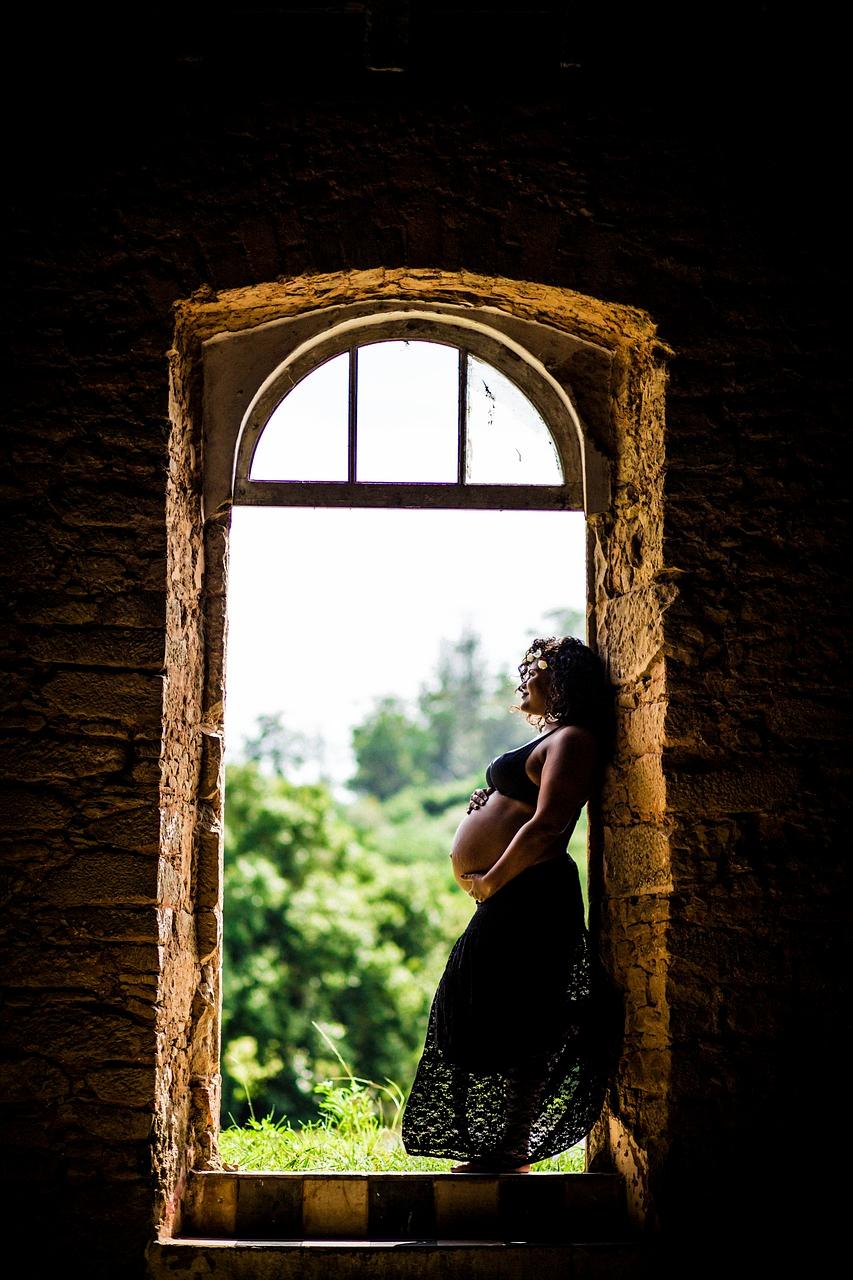When it comes to the risks associated with pregnancy, one of the critical factors to consider is the trimester in which a woman finds herself carrying a child. The first trimester, encompassing the initial three months of pregnancy, poses a complex mix of challenges and concerns that can significantly impact both the mother and the developing fetus.
Research indicates that the first trimester is the most precarious period of pregnancy, with approximately 80% of pregnancy losses occurring during this time. A majority of these losses happen before the completion of the 10th week of gestation.
Medical professionals typically refer to the first trimester as weeks 1 to 12 of pregnancy. However, some experts argue that it might extend up to week 14 due to variations in individual development and growth rates.
One of the primary risks during the first trimester is the possibility of miscarriage. While the exact underlying causes of miscarriages may vary, factors such as genetic abnormalities, hormonal imbalances, or issues with the embryo’s development can contribute to this widespread concern.
Moreover, the risk of miscarriage tends to decrease as a pregnancy progresses beyond the 12-week mark. This decrease in risk is often attributed to the establishment of a more stable and robust connection between the fetus and the maternal body.
Besides miscarriage, the first trimester also presents other risks to the pregnant woman, such as nausea, fatigue, and heightened emotional sensitivity. These physical and emotional changes can significantly impact a woman’s quality of life during this critical period.
Another crucial aspect of the first trimester is the formation of vital organs and systems within the developing fetus. Any disruptions or complications during this phase can have long-lasting consequences on the child’s health and well-being.
During the first trimester, pregnant individuals undergo numerous physical and hormonal changes to support the growing life within them. These changes can sometimes lead to discomfort, mood swings, and uncertainties regarding the pregnancy’s progression.
It is essential for pregnant individuals to receive adequate prenatal care and support during the first trimester to monitor both their own health and that of the developing fetus. Regular check-ups, screenings, and consultations with healthcare providers are crucial during this sensitive period.
Although the first trimester carries inherent risks, it is also a time of hope and anticipation for the arrival of a new life. Many women find solace in tracking the progress of their pregnancy and envisioning the future with their growing family.
In conclusion, the first trimester stands out as the most risky phase of pregnancy due to the high incidence of pregnancy losses and associated complications during this period. Understanding the challenges and uncertainties of the first trimester can help pregnant individuals navigate this critical time with informed decision-making and support from healthcare professionals.

